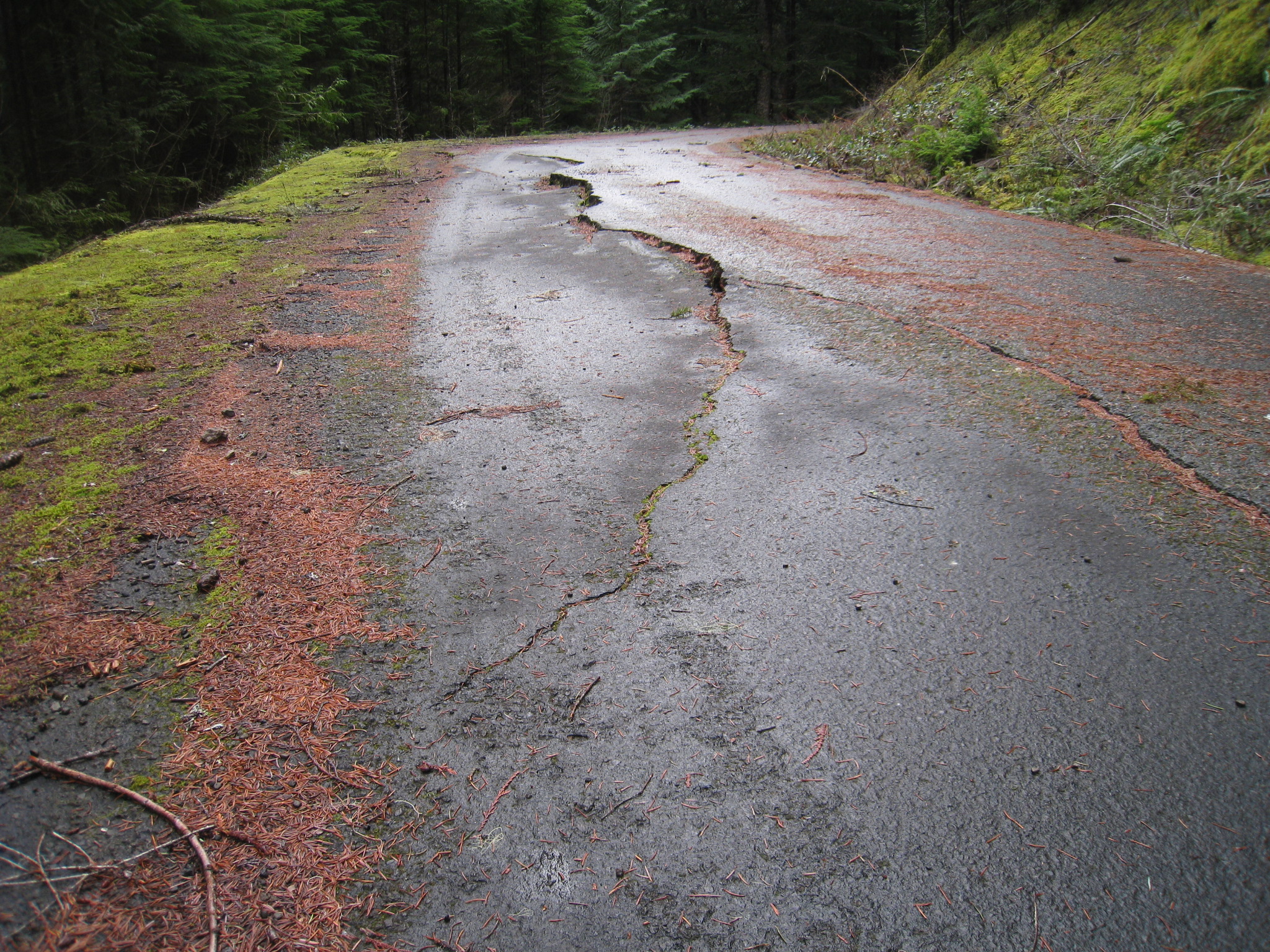Increment 3: White River Watershed Road Decommissioning

The White River Watershed, located in the east of Mt. Hood National Forest, contains approximately 555 miles of roads. In 2010 the Forest Service released a draft proposal to decommission approximately one-third (200 miles) of the unneeded and minimally used roads in order to improve terrestrial and aquatic habitat, and reduce road maintenance costs. Although this proposal fell significantly short of meeting the Forest Service’s stated goal of a 50 percent reduction to the existing road network, it was a big step in the right direction.
Unfortunately the final plan did not arrive and in winter 2013 the road decommissioning increments were put on hold, stalling analysis for Increments 3 and 4, as well as implementation of all increments.
Bark was quite excited when we were told the White River Decommissioning analysis would soon begin again – that is until the Forest Service released a new scoping letter in May of 2014 for Increment 3. This most recent proposal would decommission a mere ten miles of roads throughout the White River Watershed. This is less than two percent of the road network in the watershed (remember- the Forest Service says they will eventually need to remove half of the roads) and it a huge step back from the plan the agency initiated in 2010!
Background on the Incremental Road Decommissioning Process
Bark has a long advocated for Mt. Hood National Forest to reduce the size of its enormous system of roads, mostly remnants from the heyday of logging, which cause significant impacts to fish, wildlife, and water quality. Public pressure from Bark and recreation and conservation allies contributed to the creation of the incremental road decommissioning process (deconstructing roads to remove them from the landscape) under former Forest Supervisor Gary Larson in 2008. The agency embarked on this restoration by analyzing sub-watersheds throughout the forest to identify and decommission unneeded, problematic roads within these areas. Increments 1, 2a and 2b completed analysis for the removal of 334 miles of roads throughout 3 sub-watersheds.
Resources for Comment-Writing